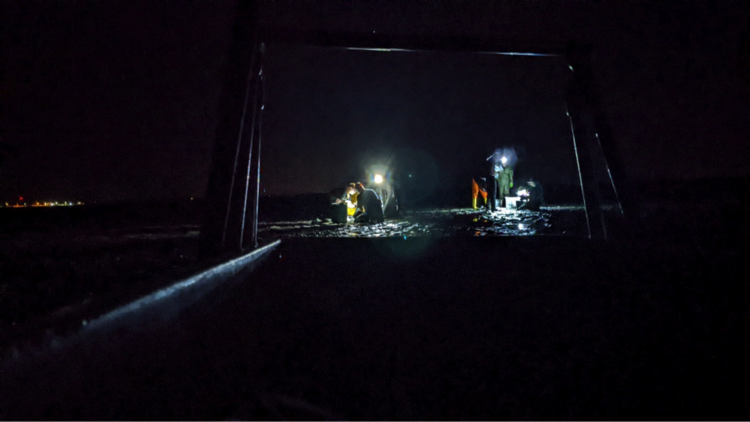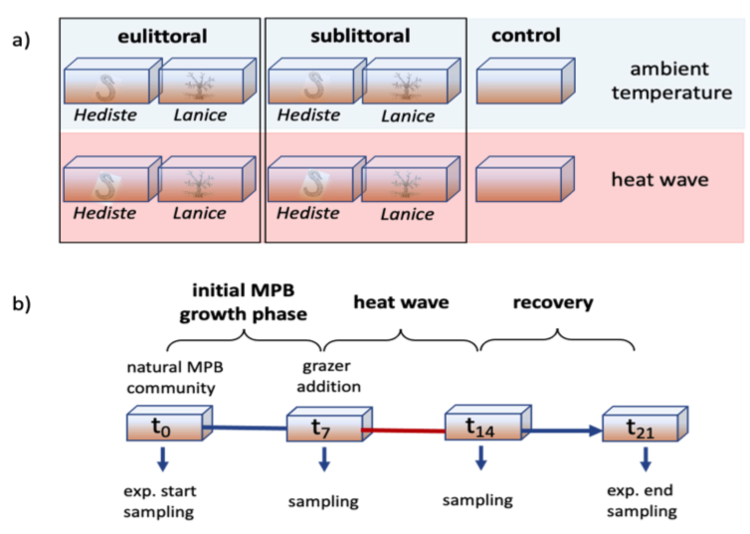Kontakt
Principal Investigators
Postdocs
PhD Students
Subproject 5
Effects of environmental dynamics and disturbances on macrozoobenthos
The macrozoobenthic community plays an important role in the maintenance of the metacommunity of the Wadden Sea. These animals are key diet for many fish and bird species, important grazers and bioengineers, which create additional three-dimensional structures, providing protection and niches for many organisms.
Subproject 5 focuses on the understanding of how macrozoobenthic populations and communities with different functional traits involving mobility, resource acquisition and tolerance dimensions cope physiologically and genetically with abiotic stressors (environmental dynamics). To account for the different conditions given across the Wadden Sea, a small temporal and spatial gradient will be considered, analysing intertidal and subtidal areas, as well as periodic changes such as diurnal and tidal fluctuations, which imply sudden temperature changes and affect water availability and grazing preferences and efficiency.

To analyse the tolerance of these organisms against physical disturbances, in particular heat stress, experimental mesocosms will be set up in the ICBM Wilhelmshaven. Sampling and tests will be performed before and after a programmed seven day-heat wave to assess the physiological changes induced by this destructive pulse event, as well as seven days after the end of the event, to analyse the resilience of the populations and the communities.
This subproject is carried out by two different Ph.D. students working on different tasks. SP5.1, carried out by Jasmin S. Müller and SP5.2, performed by Manuel Lanza. Both students will work together and in close collaboration with SP4 to meet the goals of the research.
Subproject 5.1 focuses on macrozoobenthos community structures to analyse potential shifts due to small-scale environmental changes. The subproject also focuses on the physiological stress response of mobile and sessile macrozoobenthos from different habitats during simulated heat waves to determine which macrozoobenthos is most resilient.
Subproject 5.2 focuses on molecular work to analyse the microbiome of the macrozoobenthos, how this microbial communities change across the analysed gradients and if the microbiome could provide heat resistance to populations which are more frequently exposed to extreme temperatures.


